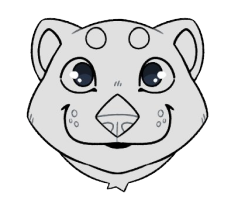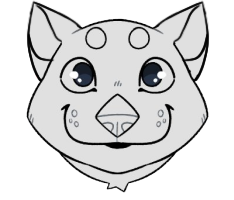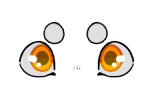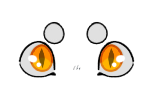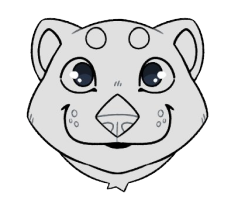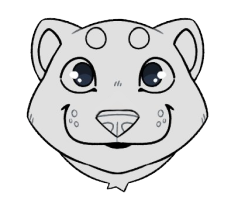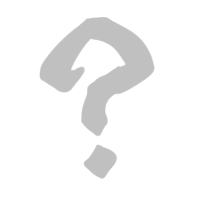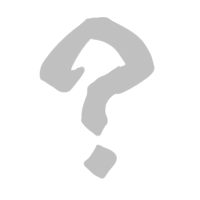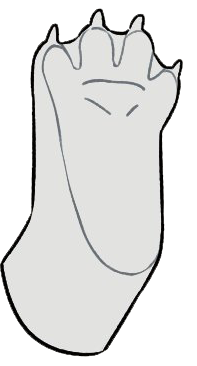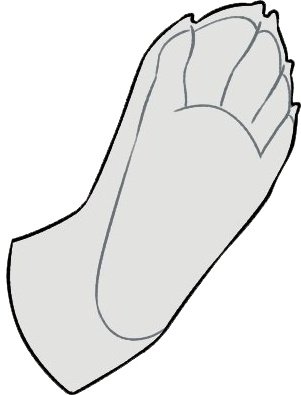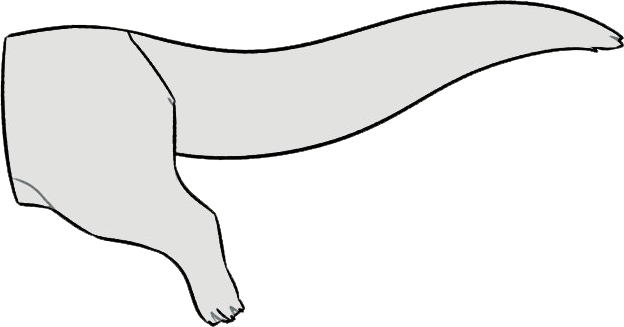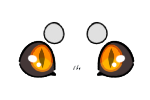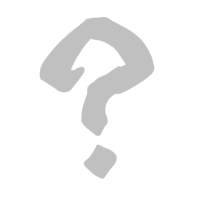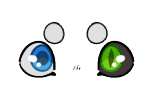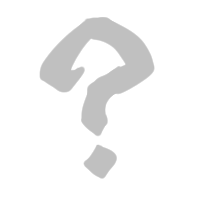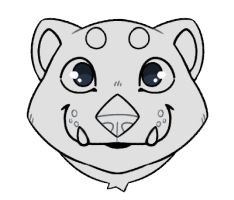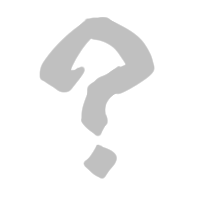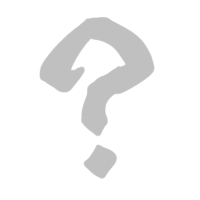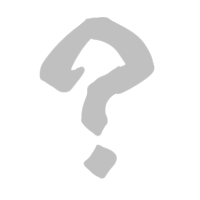Traits
Rounded Ears (Common)
Rounded Ears have soft, circular tips, just like a river otter's.
How to apply this trait:
- These ears can be up to 25% the size of the ottagi's head.
- They should be depicted as small and rounded, not pointed or excessively large, unless combined with large ears.
Pointy Ears (Common)
Pointy Ears come to a sharper point, similar to sea otters or cats.
How to apply this trait:
- These ears can be up to 25% the size of the ottagi's head.
- They should be depicted as small and pointed, not rounded or excessively large, unless combined with large ears.
Round Eyes (Common)
Classic eyes with a rounded iris/pupil.
How to apply this trait:
- Sclera must be present and white/off-white, unless you also add colored sclera.
- Iris and/or pupil must be present and round, and can be any color (including gradients/rainbow).
- Both eyes must match, unless you also add mismatched eyes + another eye trait.
Slit Eyes (Common)
Classic eyes with slit pupils, usually better for seeing in the dark!
How to apply this trait:
- Sclera must be present and white/off-white, unless you also add colored sclera.
- Iris and/or pupil must be present and vertical slits, and can be any color (including gradients/rainbow).
- Both eyes must match, unless you also add mismatched eyes + another eye trait.
Shaped Pupils (Uncommon)
Shaped Pupils are any pupil shape outside of the usual round or vertical slit.
How to apply this trait:
- Pupils can be any shape you can imagine, such as horizontal, heart, star, or w-shaped.
- Sclera must be present and white/off-white, unless you also add colored sclera.
- Iris and/or pupil must be present and can be any color (including gradients/rainbow).
- Both eyes must match, unless you also add mismatched eyes + another eye trait.
Diamond Nose (Common)
A prominent nosepad shaped like a diamond, like a sea otter!
How to apply this trait:
- The nosepad should be prominent and clearly diamond-shaped, not a small dot or pinprick.
- It should be proportional to the ottagi's face and not appear excessively small.
Anvil Nose (Common)
A prominent nosepad that's more triangular in shape, like the river otter!
How to apply this trait:
- The nosepad should be prominent and triangular or trapezoidal, not a small dot or pinprick.
- It should be proportional to the ottagi's face and not appear excessively small.
Short Coat (Common)
A short, sleek fur coat that's well-suited for aquatic environments.
How to apply this trait:
- The fur should remain relatively short in length, giving the ottagi a smooth, streamlined appearance.
- Stylized tufts can be added to give the coat a fluffier appearance, but the overall length must be kept in check!
- If the fur is long enough to be very shaggy or fluffy throughout the body, it would be considered a long coat.
- Areas with fluff that is long enough to be considered a separate accent can be applied with accent fluff.
Long Coat (Rare)
A very long fur coat, similar to angora in length and amount of fluff.
How to apply this trait:
- This trait is for a noticeably long coat that covers the ottagi's body.
- The fur should be long and shaggy throughout, not just in localized tufts.
- This is a distinct trait from the Short Coat and Accent Fluff traits.
Pawed Feet (Common)
Pawed Feet have back feet that are paws, much like a cat or dog.
How to apply this trait:
- The back paws should be similar in form and function to the front paws.
- They should feature clawed, webbed digits. Webbing should be shown if the toes are spread out.
Flipper Feet (Common)
Hind feet that are shaped like flippers, like sea otters and seals have!
How to apply this trait:
- The back feet should be noticeably flipper-like, with claws, webbing, and a streamlined shape.
Taper Tail (Common)
A classic otter tail with a thick base that tapers to a point.
How to apply this trait:
- The tail's shape should be thick at the base and gradually narrow to a point.
- The tail should be between 75% and 100% the length of the ottagi's body, unless combined with long tail.
Colored Sclera (Uncommon)
The sclera of the eyes has taken on a color other than white/off-white.
How to apply this trait:
- Sclera must be present and can be any color.
- Both eyes must match, unless you also add mismatched eyes + another eye trait.
Folded Ears (Uncommon)
This trait features ears that are folded or floppy.
How to apply this trait:
- The folded or floppy nature can be applied to either one or both of the ottagi's ears.
- The ears should still be proportional to the head, not excessively large or small.
- This trait is used in combination with an ottagi's base ear shape (like rounded or pointy).
Mismatched Eyes (Rare)
This trait allows for the colors of an ottagi's eyes to be different from one another.
How to apply this trait:
- This trait can apply to the pupils, irises, and/or scleras.
- For pupils and scleras, this trait can be combined with other eye traits like colored sclera, shaped pupils, round or slit eyes to create a mix of different colors and shapes in each eye.
Mane (Uncommon)
Mane allows you to add hair to your Ottagi’s head or face.
How to apply this trait:
- Hair can be any color or style you can imagine!
- This trait covers hair of any length, but it should not be so long that it endangers or bothers the ottagi!
- Stylized tufts of fur on the head are free to add to any ottagi and do not require this trait.
Tusks (Uncommon)
Tusks are prominent canines that protrude visibly from the mouth.
How to apply this trait:
- This trait can be applied to the upper canines, lower canines, or both sets.
- Tusks can be on a single tooth or in asymmetrical placements, such as one upper and one lower tusk.
- They may curve slightly in various directions, but should not be so exaggerated as to cause harm to the ottagi!
Accent Fluff (Uncommon)
Accent fluff covers various extra little fluff additions that are not long enough to be considered long coat.
How to apply this trait:
- You can apply fluff to a single area or multiple areas with a single trait.
- Fluff can be applied to any of the following areas: the collar, a mohawk along the spine/tail, fetlocks on the ankles/arms, a tuft at the tip of the tail, or tufts/tassels on the ears.
Long Claws (Uncommon)
Non-retractable and noticeably longer than an ottagi's standard claws, similar to those of a badger or sloth.
How to apply this trait:
- This trait applies to all claws on both the hands and feet.
- The claws should be long but remain proportional to the ottagi's paws, not so exaggerated that they become impractical or dangerous for the ottagi!
- They can be depicted with a slight curve or straight point.
Long Tail (Uncommon)
A long, thick tail that can be much longer than the ottagi’s body.
How to apply this trait:
- This tail should be noticeably longer than a standard tail and can be up to 150% of the body's length.
- The tail's shape should be thick at the base and gradually taper to a point, unless combined with another tail type.

